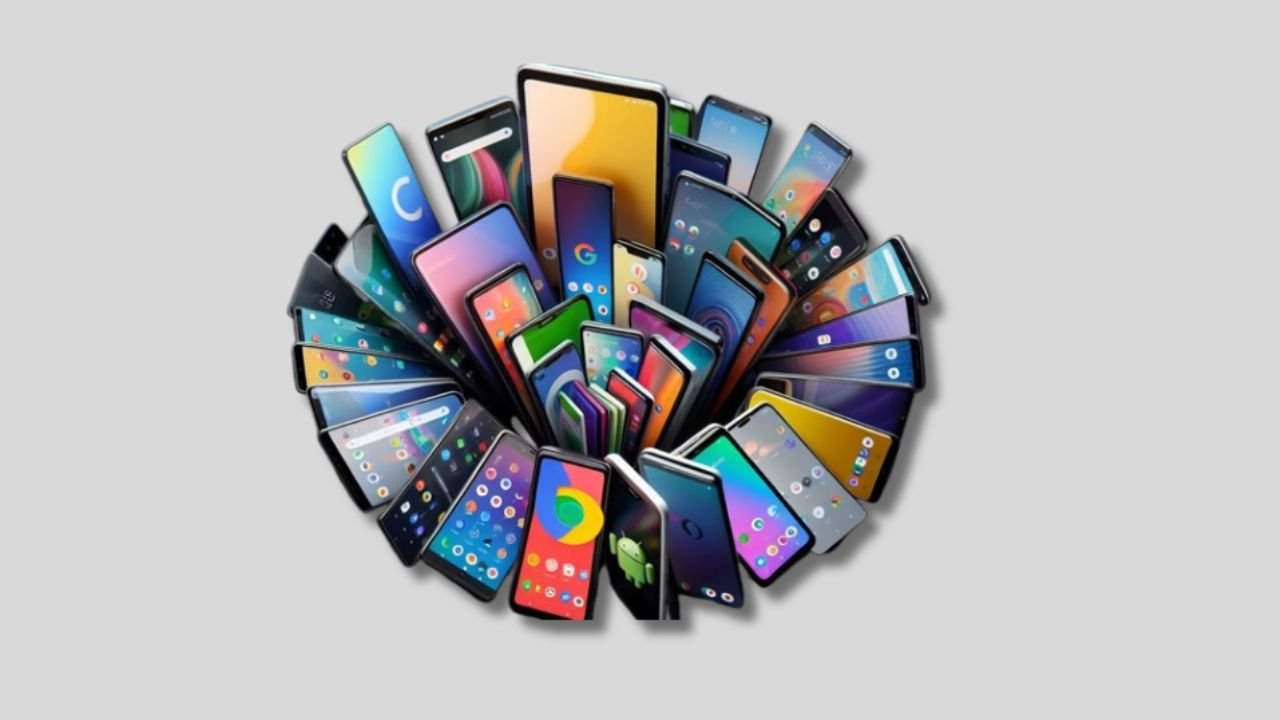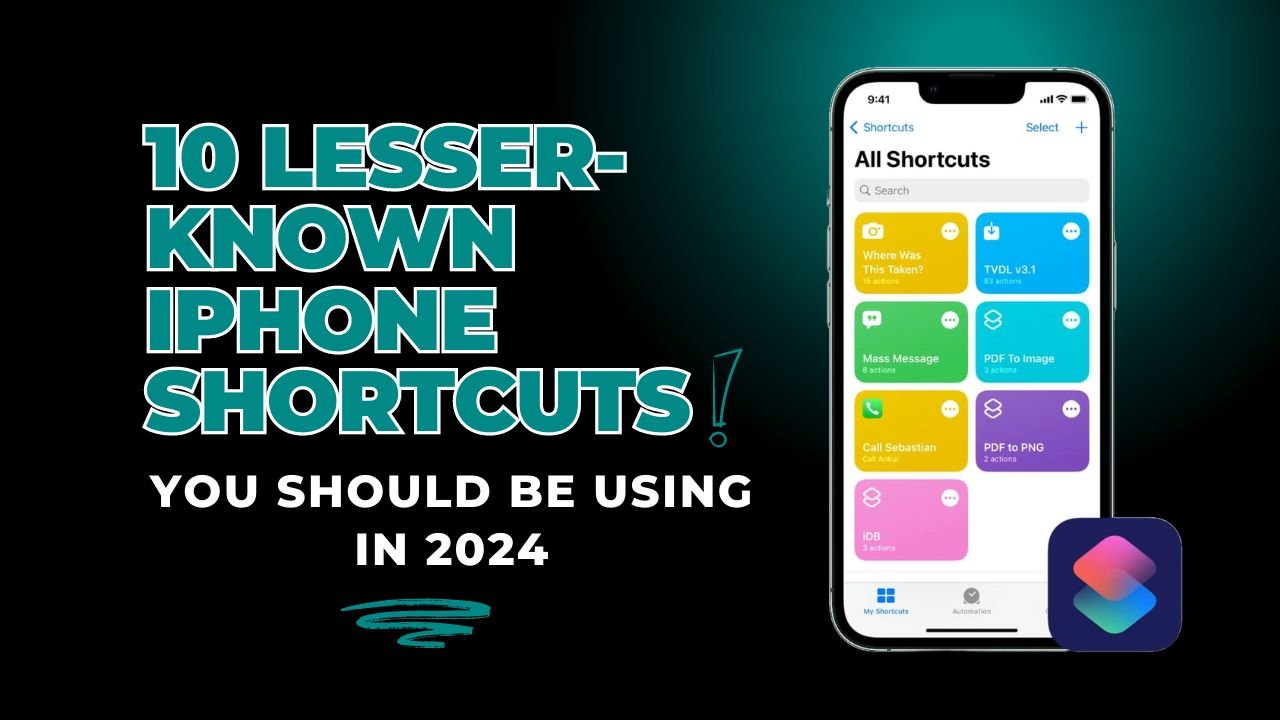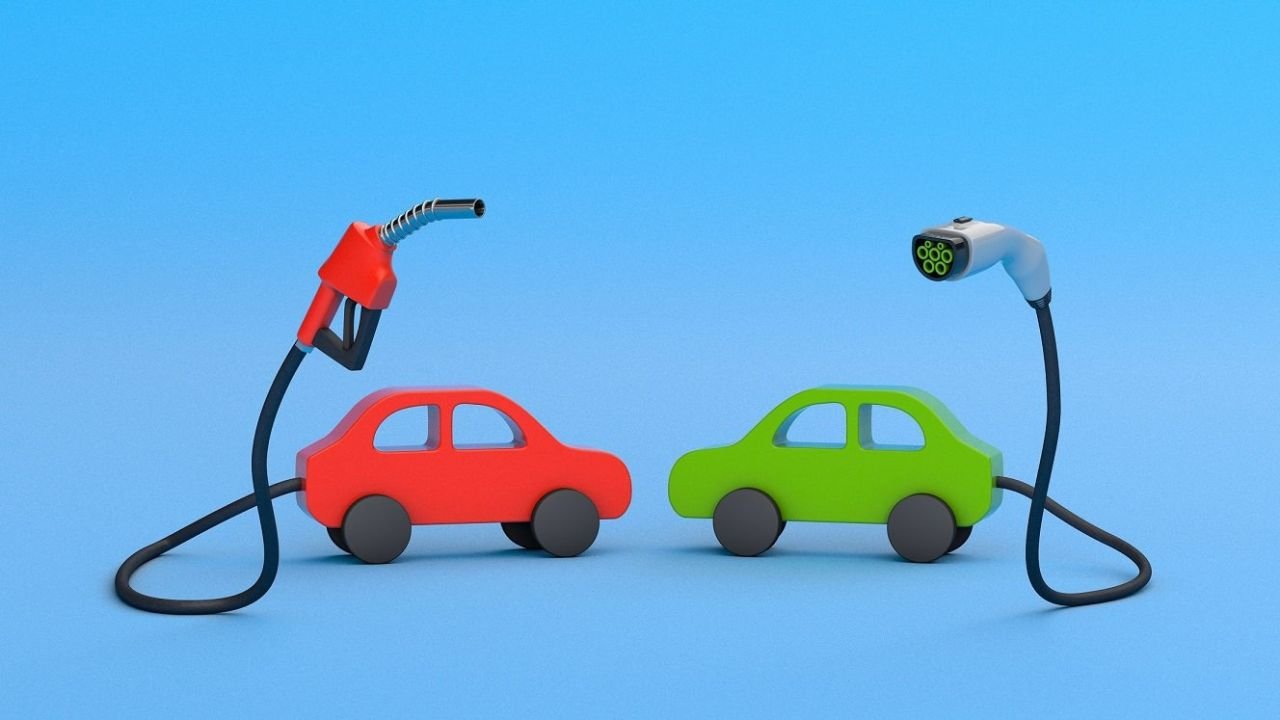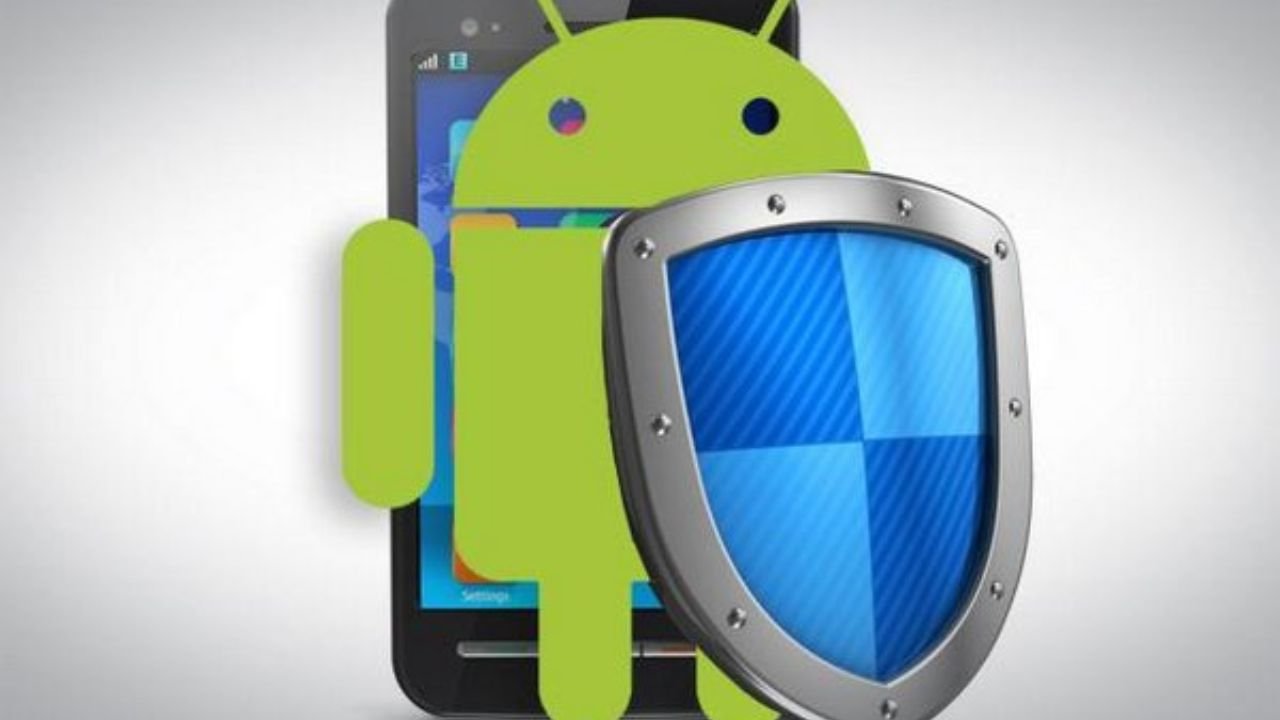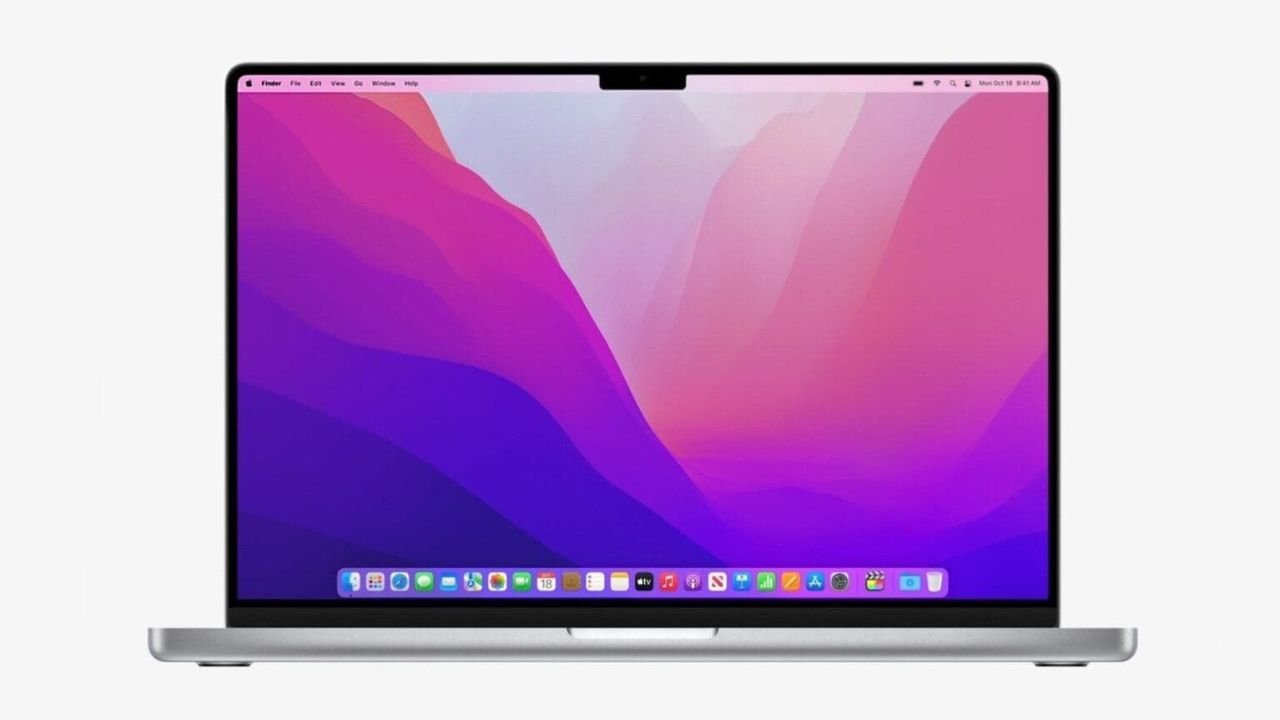In a fast-paced tech industry where innovation is constant, the significance of smartphone lifespan can’t be overstated. Consumers worldwide are curious about which smartphone brands stand the test of time. The average lifespan of smartphones by brand not only highlights durability but also influences purchasing decisions. Which brands offer the longevity consumers crave? Join us as we explore the key players in the smartphone market, detailing which brands excel in longevity and shaping consumer trust and satisfaction.
- Understanding Smartphone Lifespan
- Factors Influencing Smartphone Lifespan
- Average Lifespan Comparison Among Top Smartphone Brands
- Impact of Lifespan on Consumer Preferences
- Future Trends in Smartphone Longevity
- FAQ Regarding Smartphone Lifespan
- Enhance Your Smartphone’s Lifespan with These Top Picks from Amazon
- Conclusion
Understanding Smartphone Lifespan
From the moment we unbox our smartphones, we start wondering how long they will last. The lifespan of a smartphone is about how long it stays useful before it starts facing hardware or software problems. This matters to us because it affects how long we can use the phone, how satisfied we are with it, and even how much we can sell it for later.
A. Hardware Quality
The hardware quality of a smartphone is like the backbone of its lifespan. When manufacturers use high-quality build materials, precise manufacturing processes, and top-notch internal components, the phone tends to last longer. Imagine the difference between a house made of solid bricks and one made of flimsy straw. The solid brick house stands strong for years to come, while the straw house doesn’t hold up as well. Brands that use premium materials like durable glass, metal frames, and robust internal parts help ensure their phones can handle daily wear and tear.
B. Software Support
Equally important to hardware quality is ongoing software support. When a brand keeps updating its software, it means the phone gets new features, performance improvements, and vital security patches. Think of these updates like regular tune-ups for a car—they keep everything running smoothly. Brands committed to long-term software support show they care about giving their users a good experience over several years. For example, while Apple often supports its iPhones with updates for five years, other brands may offer shorter periods, which directly affects how long the phone remains useful.
C. User Habits
Even with the best hardware and software, how we use our smartphones dramatically impacts their lifespan. Our charging habits can either help or hurt the battery. Frequent full discharges and keeping the phone plugged in for too long can degrade battery health. Using too many heavy apps at once or exposing the phone to extreme sunlight, cold, or moisture can harm its internal components. If we adopt smart habits like moderate charging and balanced app usage, we can make our phones last longer.
Understanding the balance between hardware quality, software support, and user habits helps us make better choices about which smartphone to buy. Brands aiming to lead in smartphone lifespan will focus on these aspects, helping us, as consumers, find phones that really stand the test of time.
Factors Influencing Smartphone Lifespan
Several critical factors determine how long a smartphone will last before it starts to show its age. Let’s take a closer look at what impacts the lifespan of smartphones.
01. Brand Reputation
The reputation of a smartphone brand significantly influences the lifespan of its devices. Established brands like Apple and Samsung are often seen as reliable because they prioritize quality and durability in their designs. Think of it like choosing a car; brands known for their reliability and high-quality engineering often produce vehicles that run smoothly for years. Similarly, brands with a strong reputation for quality tend to produce smartphones that can withstand daily use, minor accidents, and general wear and tear over a longer period. This reputation isn’t just built on marketing; it’s earned through years of delivering products that stand the test of time.
02. Build Materials
The materials used to build a smartphone also play a crucial role in its longevity. Smartphones made from high-quality materials, such as gorilla glass, aluminum frames, or rugged polycarbonate, tend to be more durable. Imagine the difference between a toy car made of hard metal and one made of flimsy plastic—the metal one is likely to last through years of play, while the plastic one might break within weeks. Brands that use premium materials ensure that their smartphones are more likely to survive drops, scratches, and other daily mishaps, contributing to a longer lifespan.
03. Water and Dust Resistance
In today’s world, our smartphones travel with us everywhere, from dusty trails to rainy days. This is where water and dust resistance become essential. Smartphones with a high IP rating (Ingress Protection) demonstrate a strong resistance to water and dust, which means they are better protected against environmental damage. Think about how wearing a waterproof coat can protect you from getting soaked in a sudden downpour. Similarly, an IP-rated smartphone can withstand splashes, brief submersion in water, and exposure to dust and dirt, helping to extend its functional lifespan. Brands that focus on offering robust water and dust resistance are investing in the durability and longevity of their devices, making them a smarter choice for consumers who lead active lifestyles.
Understanding these factors helps in choosing a smartphone that not only meets immediate needs but also remains functional and reliable over time. By considering brand reputation, build materials, and protective features like water and dust resistance, consumers can make informed decisions that enhance the chances of owning a phone that serves them well for years.
Average Lifespan Comparison Among Top Smartphone Brands
Choosing a smartphone is a significant investment, and its longevity is a crucial factor for many consumers. Let’s explore the average lifespan of leading smartphone brands and uncover what makes each stand out in terms of durability.
01. Apple: Lifespan Analysis
Apple is renowned for its iPhones‘ long-lasting performance. On average, iPhones have a lifespan of about 4-5 years before users might face noticeable performance declines. Several factors contribute to this impressive durability:
- Seamless Integration: Apple designs both the hardware and software, creating a cohesive system that enhances overall performance and stability.
- Regular Software Updates: Apple supports its devices with iOS updates for up to five years, ensuring they remain functional and secure.
These aspects make iPhones a reliable choice for those seeking a long-term investment in technology.
02. Samsung: Lifespan Analysis
Samsung has built a solid reputation in the smartphone industry, known for its innovative designs and reliable devices that last around 3-4 years on average. Key elements that contribute to Samsung smartphones’ durability include:
- High-Quality Display Technology: Samsung’s Super AMOLED displays are renowned for their quality and longevity.
- Robust Build Materials: Samsung uses durable materials like Gorilla Glass and metal frames to enhance the durability of its devices.
- Feature-Rich Offerings: Samsung packs its phones with a wide range of features that cater to various consumer needs, contributing to their sustained relevance.
Samsung’s strong emphasis on quality ensures that its devices remain reliable even with extended use.
03. Huawei: Lifespan Analysis
Huawei smartphones are celebrated for their extended lifespan, typically lasting around 4-5 years. The factors that set Huawei apart include:
- Advanced Hardware Configurations: Huawei’s commitment to top-notch hardware ensures that their devices are built to last.
- Efficient Software Optimization: Huawei optimizes its software to work perfectly with the hardware, ensuring smooth and efficient performance over the years.
- Battery Efficiency: The focus on battery optimization contributes to the prolonged life of their smartphones.
Huawei’s emphasis on durability and efficiency ensures that their smartphones provide consistent performance over several years.
04. OnePlus: Lifespan Analysis
OnePlus smartphones are known for their resilience and tend to last around 4-5 years. Factors contributing to the longevity of OnePlus devices include:
- Performance and Durability: OnePlus prioritizes both performance and build quality, using premium materials to enhance durability.
- Timely Software Updates: Regular software updates keep OnePlus devices running efficiently and securely.
- User-Centric Design: OnePlus focuses on designs that cater to intense usage, ensuring that their smartphones can handle everyday wear and tear.
OnePlus combines performance, durability, and user-focused features to create smartphones that stand the test of time.
In comparing the lifespans of these top smartphone brands, it becomes clear that each brand has its strategy for maximizing durability. Whether it’s through seamless hardware-software integration, quality build materials, or efficient software optimization, these brands offer various approaches to ensure their smartphones last as long as possible. Understanding these differences helps consumers make informed decisions tailored to their preferences and needs, providing a satisfying long-term smartphone experience.
Impact of Lifespan on Consumer Preferences
When it comes to choosing a smartphone, the lifespan plays a pivotal role in shaping consumer preferences and purchasing decisions. Let’s explore how the longevity of smartphones influences what users prioritize and how brand loyalty is impacted.
A. Longevity vs. Features
The eternal dilemma for consumers: longevity or cutting-edge features? In a world where technological advancements happen at lightning speed, do users lean towards a device that boasts the latest bells and whistles, or do they opt for a smartphone that can withstand the test of time? While flashy features may initially captivate users, the reliability and durability of a phone often win in the long run.
Think of it like choosing between a fast-fashion outfit that looks trendy but wears out quickly versus a timeless classic piece that lasts for years without losing its appeal. Smart consumers understand that a smartphone’s longevity is an investment in the future. Prioritizing a device with a longer lifespan means fewer replacements, reduced environmental impact, and ultimately, more value for money. Brands that strike the right balance between innovation and durability can capture the hearts of consumers seeking longevity without compromising on performance.
B. Brand Loyalty
Brand loyalty in the smartphone realm is a fascinating phenomenon influenced by the lifespan of devices. Users often develop strong attachments to particular brands, not just for their features or design aesthetics but for the promise of durability and longevity. When a brand consistently delivers smartphones that stand the test of time, users feel a sense of trust and reliability that fosters brand loyalty.
Imagine a relationship built on trust, where each interaction leaves you feeling understood, valued, and secure. Smartphones are no different; users who experience seamless performance, enduring quality, and reliable support from a brand are more likely to remain loyal. Whether it’s Apple’s commitment to longevity through software updates or Samsung’s emphasis on sturdy build materials, brands that prioritize the lifespan of their devices cultivate a dedicated following of users who value both innovation and reliability.
In the ever-evolving landscape of smartphone preferences, brand loyalty intertwined with longevity creates a bond that transcends the latest trends. Consumers gravitate towards brands that not only offer cutting-edge features but also uphold a reputation for longevity, solidifying their trust and ensuring lasting satisfaction with their device choices.
By understanding the interplay between longevity and features, as well as the impact of brand loyalty on consumer preferences, users can make informed decisions that align with their values and priorities when selecting a smartphone that fits their lifestyle and expectations. In the competitive world of smartphone brands, those who embody durability, innovation, and consumer trust are poised to lead the way in shaping consumer preferences and expectations.
Future Trends in Smartphone Longevity
As technology propels us forward at breakneck speed, the trajectory of smartphone longevity embarks on an intriguing journey towards enhanced durability and sustained performance. What lies on the horizon for smartphone lifespan trends, and how are brands navigating this ever-evolving landscape to meet and exceed consumer expectations?
01. Integration of Sustainable Materials
As eco-consciousness takes center stage, smartphone manufacturers are embracing the ethos of sustainability by incorporating recycled and biodegradable materials in their device construction. Imagine a smartphone crafted not just for durability but also for minimal environmental impact, akin to a gadget that not only withstands time but also leaves a green footprint. Brands that prioritize sustainable practices are setting a new standard in longevity, aligning with consumer preferences for both reliable devices and sustainable choices.
02. Modular Design for Extended Lifespan
The concept of modular smartphones, where individual components can be upgraded or replaced independently, heralds a new era of extended lifespan and customization. Picture a smartphone that adapts to your evolving needs, allowing you to replace a worn-out battery or upgrade the camera module without discarding the entire device. By fostering a modular approach, brands cater to users’ desires for longevity through flexibility and personalization, transforming smartphones into enduring companions that evolve with us.
03. Focus on Repairability and Upgradability
In a departure from the disposable culture of tech gadgets, brands are embracing repair-friendly designs and upgradable components to prolong the lifespan of smartphones. Envision a future where repairing a cracked screen or replacing a malfunctioning speaker is as simple as swapping out a puzzle piece, reviving your smartphone with ease. By championing repairability and upgradability, brands empower users to extend the lifespan of their devices, fostering a culture of sustainability and resourcefulness in the smartphone industry.
04. Embrace of Extended Software Support
With software playing an increasingly pivotal role in smartphone performance, brands are doubling down on extended software support to ensure devices remain relevant and secure for years to come. Envision a smartphone that continues to receive software updates and security patches long after its initial release, evolving with the user and adapting to changing technological landscapes. Brands that commit to prolonged software support not only enhance the longevity of their devices but also instill confidence in consumers seeking long-term value and reliability.
05. Evolution of Sustainable Practices
In a world hungry for innovation and sustainability, brands are redefining their approach to smartphone production by embracing circular economy principles and minimizing electronic waste. Picture a smartphone ecosystem where devices are refurbished, recycled, or repurposed at the end of their lifespan, contributing to a closed-loop system that reduces environmental impact and maximizes resource efficiency. By evolving towards sustainable practices, brands pave the way for a future where smartphones transcend mere gadgets to become symbols of longevity, innovation, and environmental stewardship.
The horizon of smartphone longevity brims with promise, as brands chart a course towards enhanced durability, sustainability, and consumer-centric innovation. By integrating sustainable materials, fostering modular design, prioritizing repairability and upgradability, extending software support, and embracing sustainable practices, brands are poised to shape a future where smartphones not only endure the test of time but also embody the values of longevity, innovation, and environmental stewardship. As consumers journey towards a more sustainable and technologically vibrant future, smartphones stand at the forefront of this transformative evolution, offering a glimpse of what lies ahead in the realm of durable, innovative, and eco-conscious devices.
FAQ Regarding Smartphone Lifespan
Q. What are the most common factors that lead to a smartphone’s end of life, and how can users mitigate them?
A. The end of a smartphone’s life is often due to battery degradation, outdated software, and physical damage. To mitigate these issues, users should maintain their battery health by avoiding extreme temperatures and overcharging. Keeping the software updated can extend the phone’s usability, while using protective cases can prevent physical damage.
Q. How do software updates impact the longevity of a smartphone, and why do some brands provide longer support than others?
A. Software updates can significantly extend a smartphone’s life by improving security and functionality. Brands like Apple and Samsung offer longer support due to their larger market share and resources, which allows them to maintain older devices longer. This commitment to support is a key factor in the extended lifespan of their smartphones.
Q. Can you provide a comparison of battery lifespan across different smartphone brands and tips for maintaining battery health?
A. Apple and Samsung smartphones typically have longer battery lifespans compared to other brands. To maintain battery health, it’s recommended to keep the charge between 20%-80%, avoid exposing the phone to extreme temperatures, and replace the battery when its performance significantly declines.
Q. What are the environmental impacts of smartphone production and disposal, and how do brands address sustainability?
A. Smartphone production and disposal can lead to significant environmental impacts due to the extraction of rare minerals and the generation of electronic waste. Brands are addressing sustainability by offering recycling programs, using more environmentally friendly materials, and designing phones that are easier to repair.
Q. How does the repairability of a smartphone affect its overall lifespan, and which brands offer the most repair-friendly devices?
A. A smartphone’s repairability can greatly affect its lifespan. Brands like Apple have made strides in making their devices more repair-friendly by providing access to genuine parts and repair manuals. However, a Yale-led study suggests that brand cachet may play a more significant role in extending the life of a product than repairability alone.
Enhance Your Smartphone’s Lifespan with These Top Picks from Amazon
- BLU G91 Max Smartphone: Boasting a 3-day battery life and a 108MP quad camera, this unlocked phone is a great example of longevity and high-quality features.
- VRURC 10000mAh Power Bank: A portable charger with built-in cables and an LED display, perfect for keeping your smartphone charged on the go.
- Livescribe Symphony Smartpen: Sync your handwritten notes to your smartphone, compatible with iOS and Android, extending the utility of your device.
- Label Maker Machine: A mini portable Bluetooth thermal labeler that can be used with your smartphone for organizing and productivity.
- Antique Retro Telephone: A unique landline phone that adds a vintage touch to your home while giving your smartphone a break.
Conclusion
The average smartphone lifespan by brand is a key factor influencing consumer decisions in today’s technology-driven world. Top brands like Apple, Samsung, Huawei, and OnePlus have established their niches by offering varying degrees of durability and longevity, shaped by their unique approaches to hardware quality, software support, and user habits.
Consumers are becoming more aware that the longevity of a smartphone is crucial for making sustainable investments and aligning with personal values. The emphasis on durable build materials, software longevity, and protective features highlights the nuanced balance between innovation and reliability.
Looking ahead, trends such as the adoption of sustainable materials, modular smartphone designs, and extended software support are setting the stage for a future where phones are not just gadgets but enduring companions. Brands that focus on these aspects are positioned to meet evolving consumer expectations, offering a blend of lasting value and cutting-edge innovation.
- smartphone longevity tips,
- battery lifespan in smartphones,
- mobile device durability,
- average phone lifecycle,
- long-lasting smartphone brands
